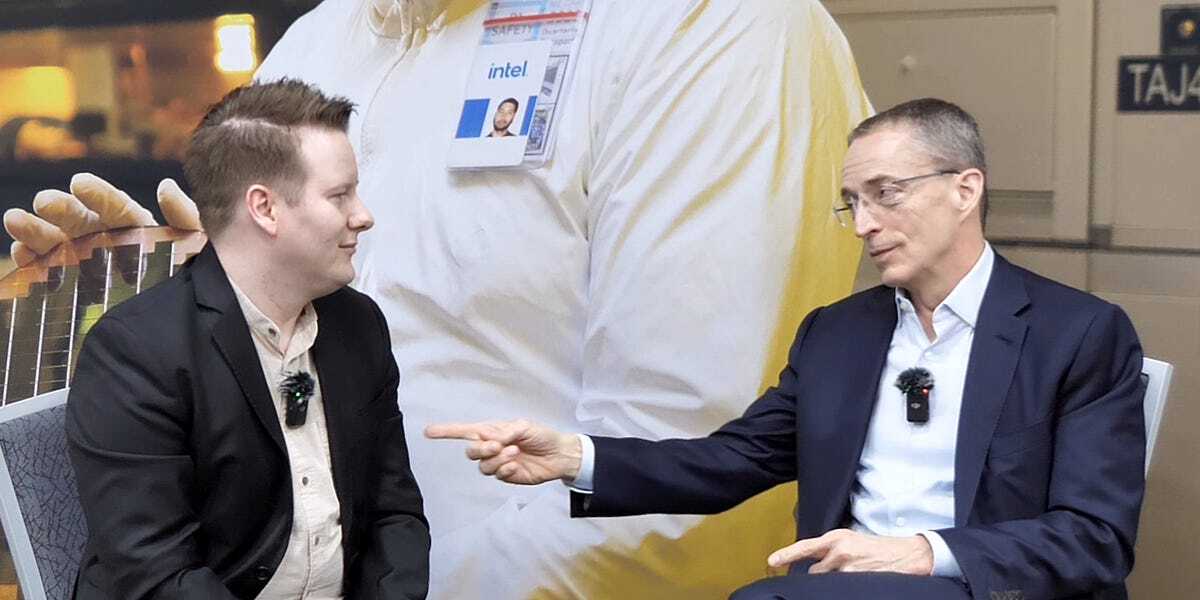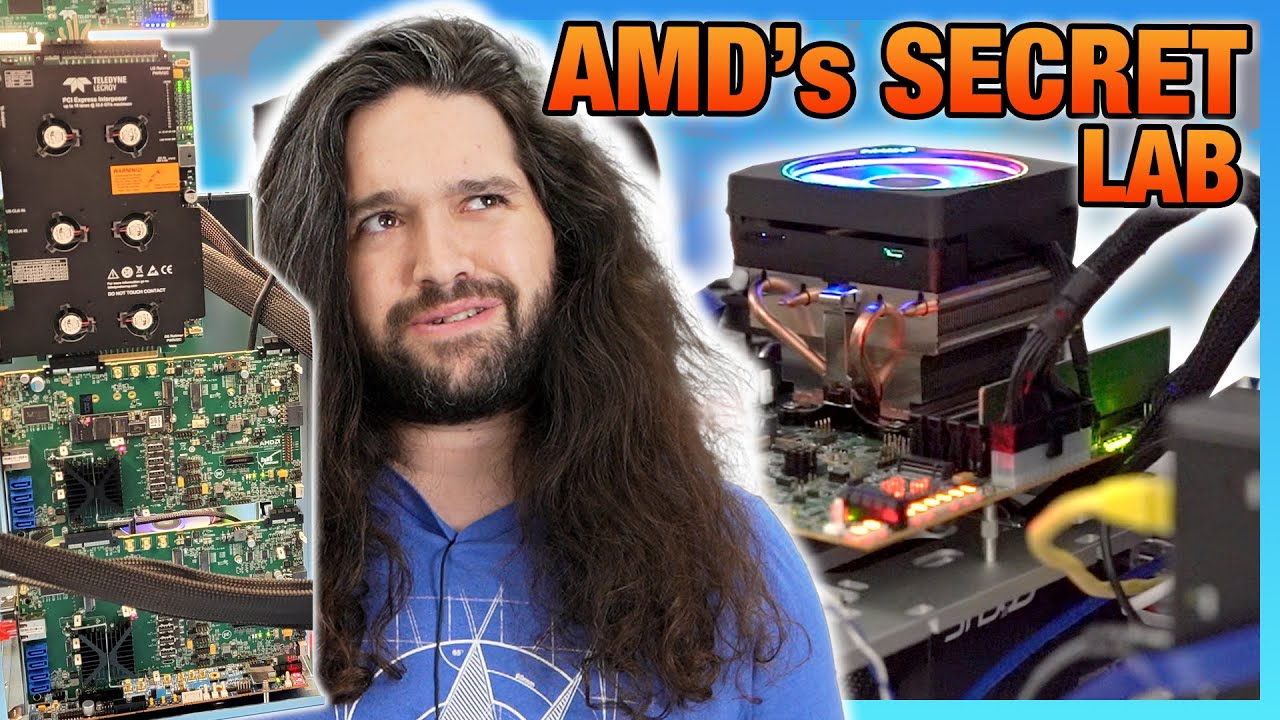- 7 Posts
- 5 Comments

 6·6 months ago
6·6 months agoThe mobile and TV clients are often limited to the codecs with hardware acceleration. Or just selecting a lower bitrate on the client will cause transcoding.

 11·8 months ago
11·8 months agoI think calling it a “cache” is not precise. The primary function of the DRAM is to hold the dictionary for translating logical addresses (e.g. sectors) from the OS to the physical addresses (which NAND chip, which bank etc.). This indirection is needed for the controller to do wear leveling without corrupting the filesystem.
On a SATA SSD without DRAM each read IO could mean 2 actual reads: first the dictionary to find the data and than the actual data being read. As you said HBM helps by eliminating this extra read.
The read and write caching is just a use of the remaining DRAM capacity. Since modern Operating Systems use the general RAM for the same function it is usually just a small increase to the throughput.
There is an even more relevant video of using external storage trough USB. He recommends using software raid:

 3·1 year ago
3·1 year agoGlad to see some focus on laptop speakers. It’s one of the completely ignored features on most “business” notebooks and something Apple nails on their macbooks.




I don’t think it’s the scheduler this time with a single CCD, but there is significant difference. These tests focus on compute and productivity with almost no games, so most of the difference could come from this bias. Another possible option is the power profile (EPP balance_performance) holding back the 7700x on linux.